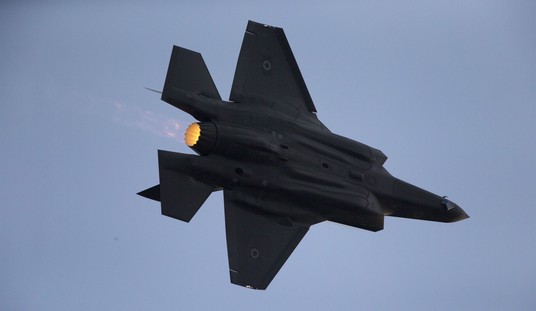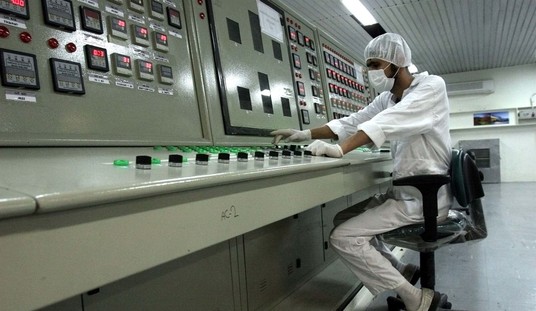On Tuesday we sliced through the budget cutting at Condé Nast, home of Vanity Fair and numerous other magazines, and James Lileks condensed the news of Reader’s Digest declaring Chapter 11. (“Or, as the final documents read after their editors finished with them, Chapter 5”, the Bard of Jasperwood quipped.)
Found via Kyle Smith, Serena French, his colleague at the New York Post, profiles The September Issue, a new documentary on Anna Wintour, editor-in-chief of Vogue magazine, shot in 2007 and just being released now.
Given the Red Queen’s Race the legacy media finds itself in, the timing of the film’s release makes it akin to, as French writes, “a snapshot of Paris before the Revolution, before the bottom fell out of the Park Avenue parquet, the world Wintour courted and documented so finely in the pages of her magazine”:
That the most powerful and protected woman in fashion does so now — in this film, on “60 Minutes” earlier this spring, on “Letterman” next week — is a mystery. Except that after 20 years, with fashion in economic crisis, management consultants turning Condé Nast inside out, vulture critics circling and speculating about her own exit strategy, she must be thinking in terms of legacy.
For the documentary, which opens Aug. 28, the magazine — which is to say Wintour — allowed Cutler an extraordinary level of access for the closing of the most important issue of the year in 2007, which at 840 pages was the magazine’s biggest ever. Cutler followed Wintour and her team from the shows in February — when fall clothes are shown on world stages — from planning with editors and photographers, fashion shoots, meetings with retailers and designers, to closing in July, interspersed with interviews at her homes in Greenwich Village and Long Island.
This peek inside the star chamber is juicy viewing on a number of levels. It’s a psychological portrait of Anna, powerful female executive, mother, daughter, perfectionist. It’s a front-row seat at how the albeit-impeccably-turned-out-but-sausage-nonetheless gets made at Vogue.
And perhaps most interestingly, it’s a snapshot of Paris before the Revolution, before the bottom fell out of the Park Avenue parquet, the world Wintour courted and documented so finely in the pages of her magazine.
Cut to the $2 million-a-year editor sipping her Starbucks in the back of a chaffeur-driven limousine that is her daily commute as the examples of a soon-to-be bygone era unfold.
As the pressure of producing a blockbuster issue mounts, Wintour jettisons $50,000 worth of photos from a shoot. One minute a designer dress is on a rack in the halls of Vogue, the next it is on her back. Heraldic assistants sounding the alarm of her arrival contrast nicely with viewers’ knowledge that, in real life, Condé Nast receptionists were all recently laid off.
Even if you don’t give a fig for fashion, it’s rare that you get to see Nero tuning up his fiddle as Rome is about to spontaneously combust.
As Kyle Smith writes, “that’s the magic of [documentary] cinema: Convince somebody that you’re going to make them a big-screen star, then let them hang themselves.” (A technique that’s certainly worked to devastating results in the music world with such documentaries as the Maysles Brothers’ Gimme Shelter and Taylor Hackford’s Hail! Hail! Rock & Roll.)
I haven’t seen The September Issue, but given the Hindenburg-sized egos of many of the legacy media’s key players, even amidst the contractions of their industry, reading the above review, it could be something we’ll look back on as the New York magazine world’s equivalent of Sunset Boulevard. You can almost picture Wintour saying, “I am big! It’s the magazines that got small.”









Join the conversation as a VIP Member